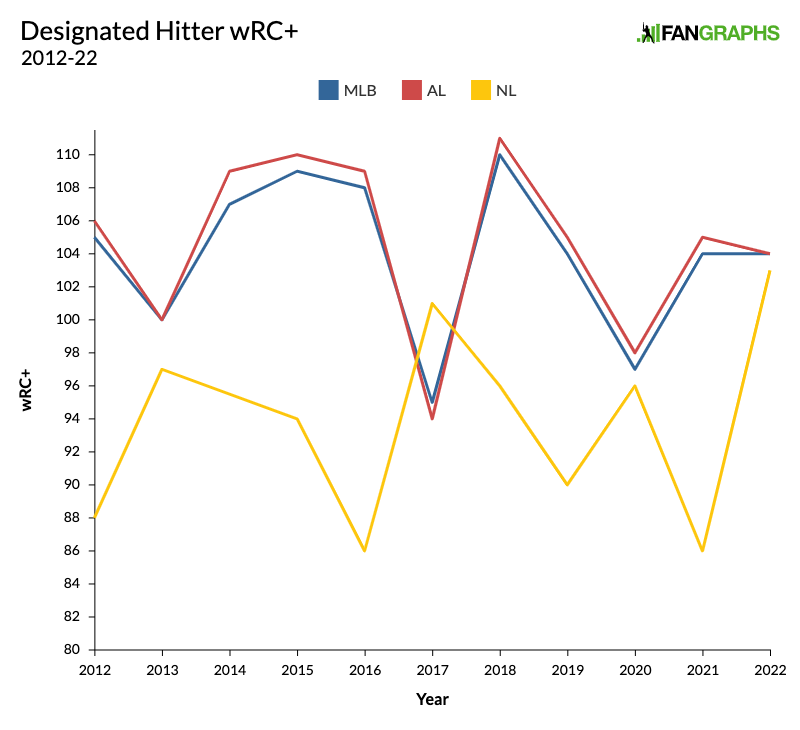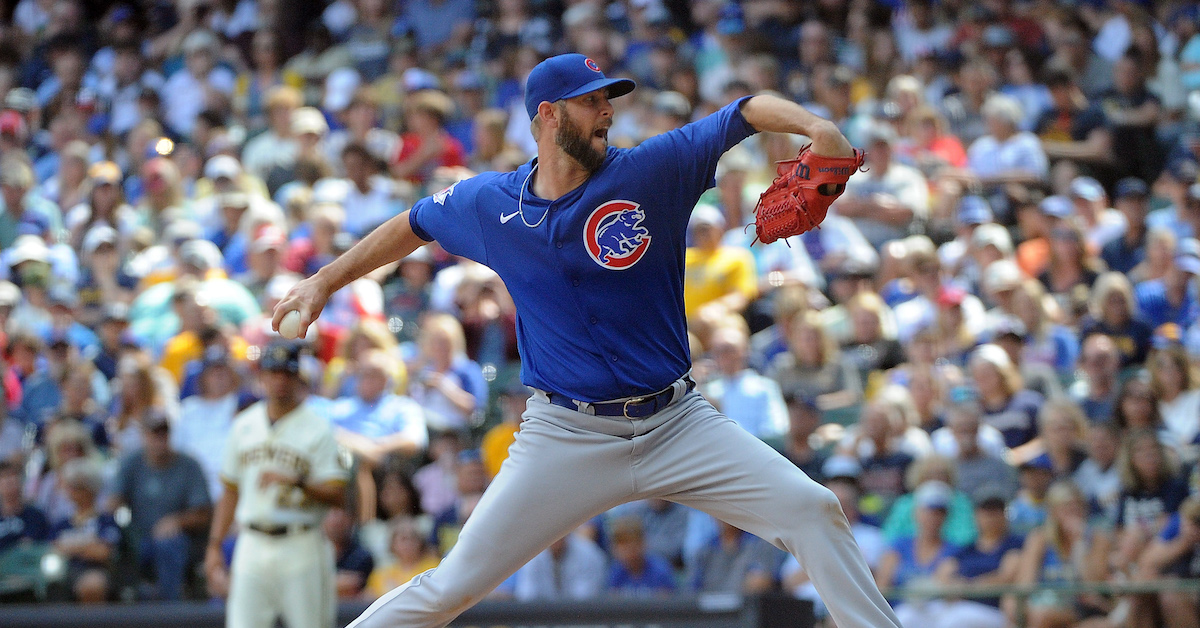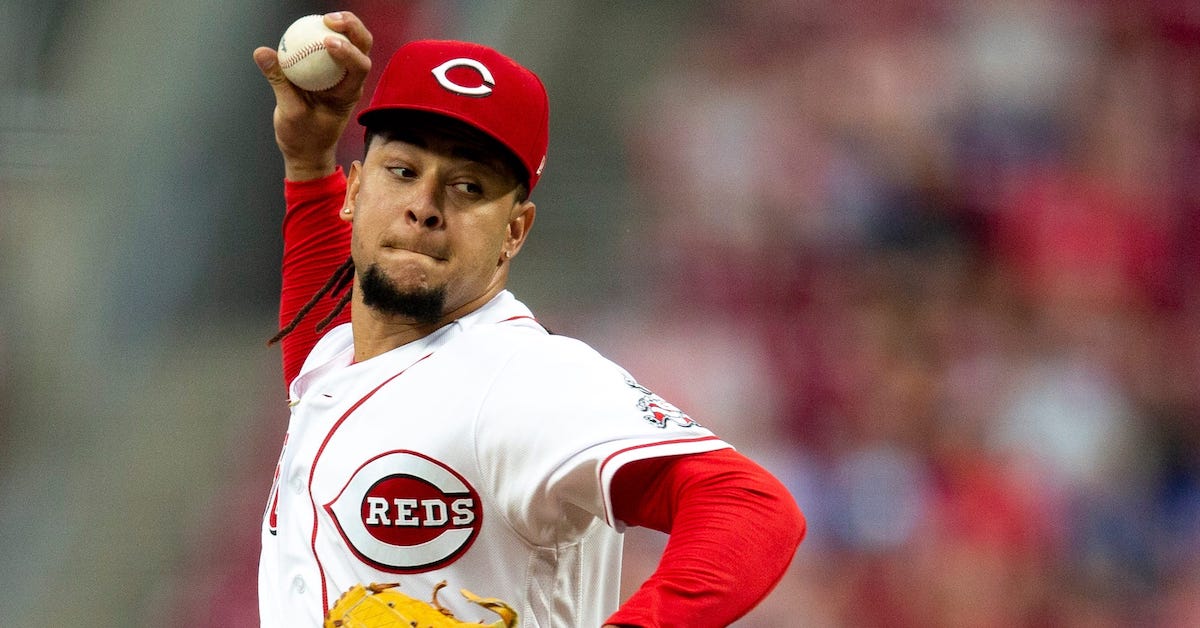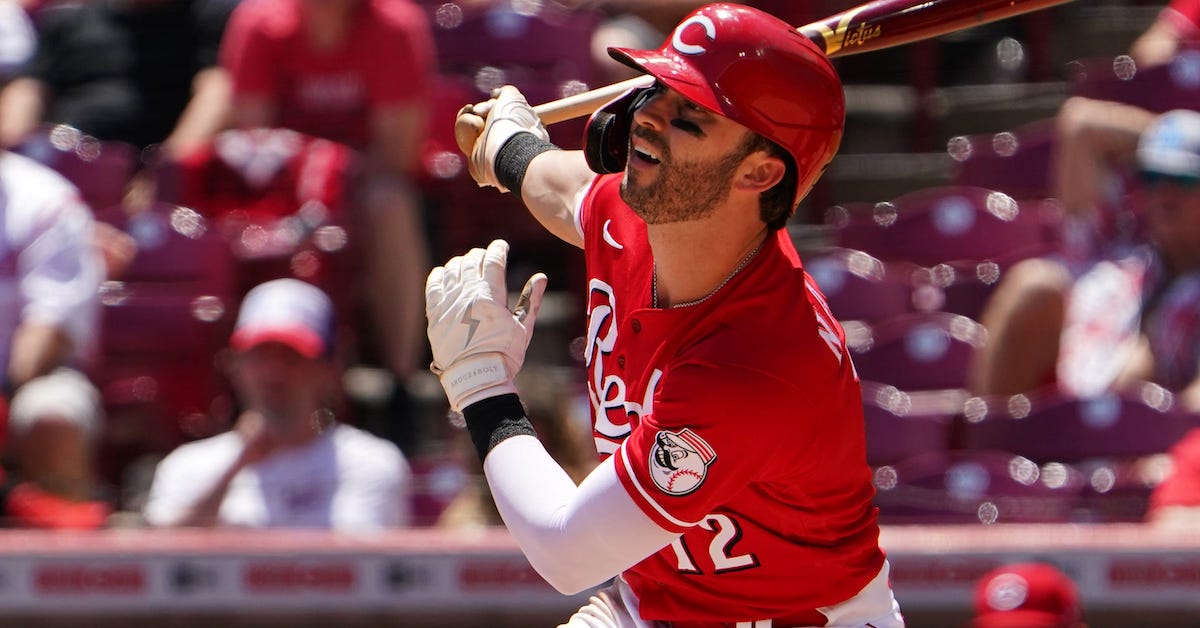
The trade deadline is nearly upon us, and there are plenty of teams still vying for playoff position in both the AL and NL. It’s been a slow hot stove season so far, but there should be plenty of action over the next two days as teams try to position themselves for the stretch run.
A reminder for how these rankings are calculated: first, we take the three most important components of a team — their offense (wRC+), and their starting rotation and bullpen (a 50/50 blend of FIP- and RA9-, weighted by IP share) — and combine them to create an overall team quality metric. New for this year, I’ve opted to include defense as a component, though it’s weighted less heavily than offense and pitching. Some element of team defense is captured by RA9-, but now that FanGraphs has Statcast’s OAA/RAA available on our leaderboards, I’ve chosen to include that as the defensive component for each team. I also add in a factor for “luck,” adjusting a team’s win percentage based on expected win-loss record. The result is a power ranking, which is then presented in tiers below.
Tier 1 – The Best of the Best
| Team |
Record |
“Luck” |
wRC+ |
SP- |
RP- |
RAA |
Team Quality |
Playoff Odds |
| Yankees |
69-34 |
-3 |
121 |
83 |
78 |
11 |
193 |
100.0% |
| Dodgers |
68-33 |
-3 |
120 |
79 |
83 |
1 |
174 |
100.0% |
| Astros |
67-36 |
2 |
113 |
86 |
80 |
21 |
185 |
100.0% |
The Yankees stumbled out of the All-Star break a bit, getting swept in a pair of two-game series against the Astros and Mets. They took care of business against the Orioles and Royals and continue to hold a commanding lead in the AL East, but they did slip behind the Dodgers for the overall best record in baseball and hold a slim two-game lead over the Astros for the top seed in the American League. They got an early start on their deadline shopping by trading for Andrew Benintendi to stabilize their outfield. They’ll almost certainly be in the market for pitching help, too, especially after Michael King was lost for the season with a fractured elbow. And as for your weekly Aaron Judge check-in: he’s blasted nine home runs since the All-Star break, no big deal.
The Dodgers emphatically started off the second half with a four-game sweep of the Giants two weekends ago. Those two teams match up for four more games in San Francisco to start this week, with a series against the Padres immediately afterwards. Neither division rival is anywhere close to challenging for the NL West, but a solid week against these two teams should all but wrap up the division for Los Angeles in the first week of August.
This week in “you can’t predict baseball,” the Astros sandwiched a pair of series wins against the Mariners between a three-game sweep at the hands of the A’s. Interestingly, they’re reportedly open to moving one of their starters prior to the deadline; they’re currently running a six-man rotation, Lance McCullers Jr. is close to returning from his elbow injury he suffered last year during the postseason, and they have a number of pitching prospects currently throwing well at Triple-A. It’s an enviable situation to be in, and one that is rare given how high pitcher attrition rates are in the modern era. Read the rest of this entry »










